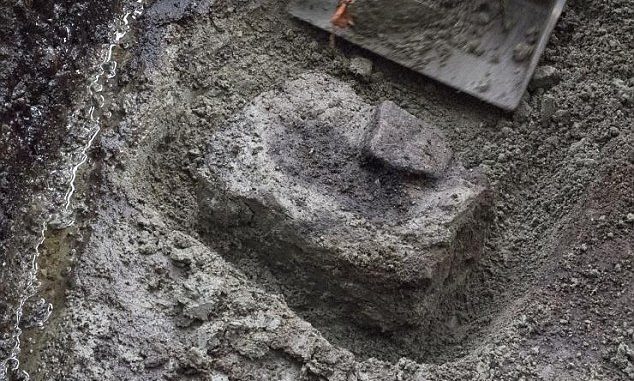
Archaeologists have come across human footprints at a site in British Columbia, Canada.
The impressions were seen buried at an archaeological site along the shoreline on Calvert Island. Further carbon dating tests could confirm their age to be 13,200 years old. If confirmed they would represent the oldest human footprints yet to be discovered of human migration along Canada’s coastline.

BYPASS THE CENSORS
Sign up to get unfiltered news delivered straight to your inbox.
You can unsubscribe any time. By subscribing you agree to our Terms of Use
Latest Video
Researchers discovered the prints in a layer of charcoal that was radiocarbon dated to 13,200 years ago. The charcoal represents a hearth fire that was used by a family of three Early Americans whose footprints remained behind and became preserved in time.
The Daily Mail reports:
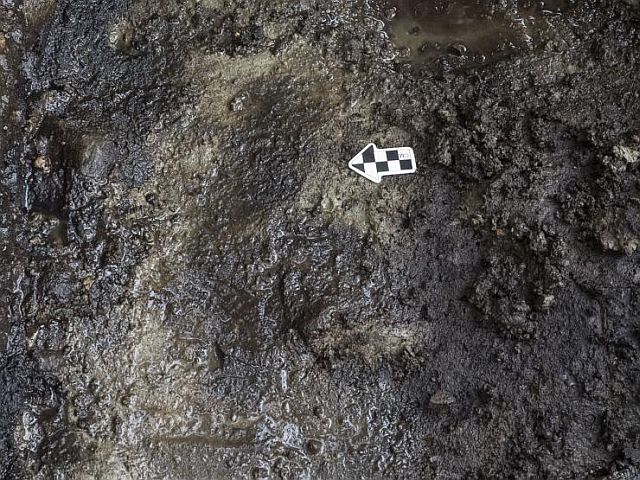
The finding was made by the Hakai Institute and the University of Victoria, both in British Columbia.
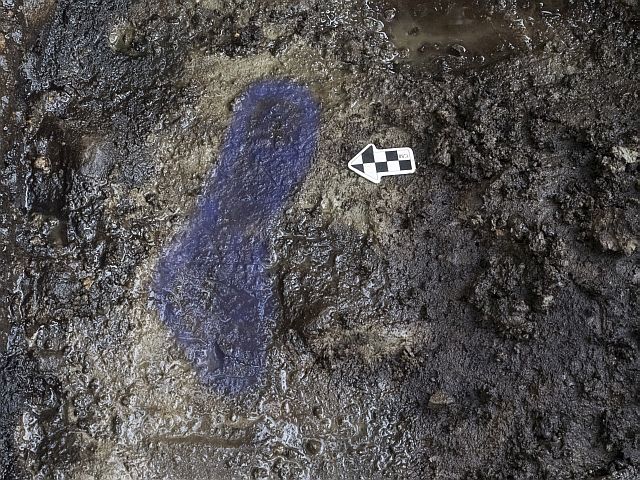
Archaeologists Dr Daryl Fedje and Dr Duncan McLaren excavated an area below the high tide line, and found dozens of human footprints that had remained intact in clay.
The oldest of the prints were 13,200 years old, while others nearby were a much younger 2,000 years old.
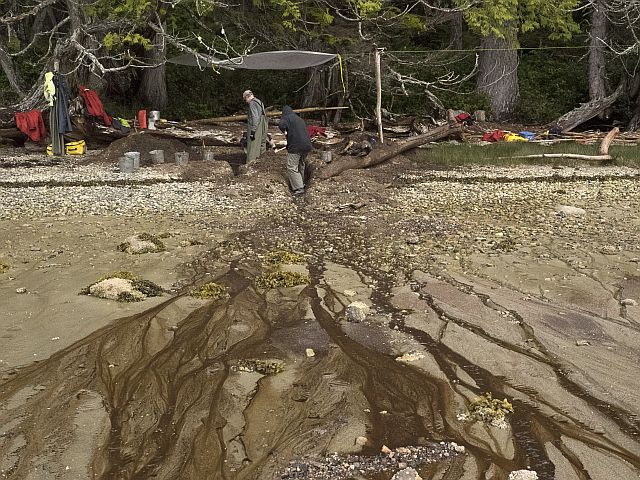
If confirmed, the former would be the oldest known footprints in North America, and the second oldest in the entire Americas after a site in Monte Verde, Chile, dated back to 14,800 years ago.
Sea level changes have generally drowned most historic coastal settlements like this.
But according to Dr Fedje, Calvert Island has a ‘relatively stable shoreline history, which is very unusual.’
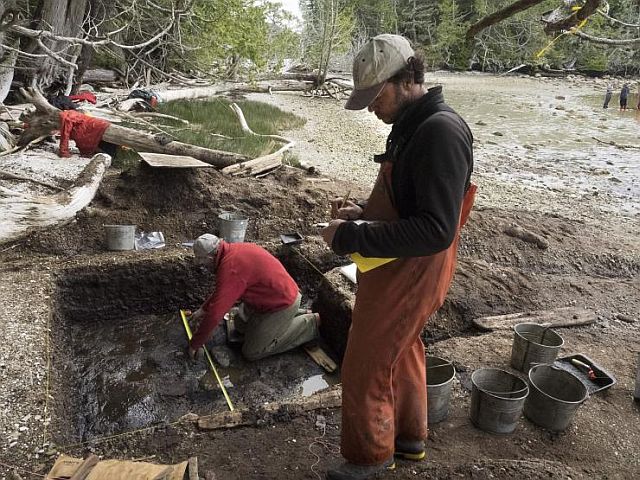
Dr McLaren added that the unique shoreline stability results in ‘very thick, layer cake-like archaeological sites.’
Around the site the team found 12 distinct footprints belonging to a large adult, a smaller adult and a child.
The remains of a hearth fire were also found that the group, possibly a family, were likely gathered around.
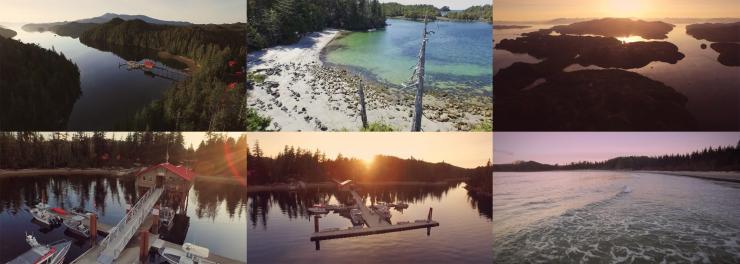
The hearth had been full of charcoal, which remained in the footprints and allowed them to be radiocarbon dated.
According to CBC News, the findings could provide evidence on how the first inhabitants of the continent migrated south.
The discovery favours a theory that people migrated along the coast by boat, as there is no way to get to the island otherwise.
‘There’s no way to get to Calvert Island other than watercraft, and that applies to 13,000 years ago as it does today,’ Dr McLaren said.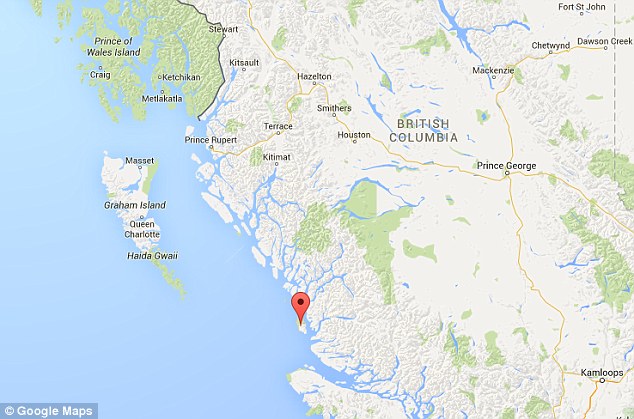
Other footprints at the site will now be carbon dated, to confirm the findings.
This video includes aerial footage of Calvert Island and the Hakai Institute facilities.
Watch Vimeo video here: Use password – “simple”


